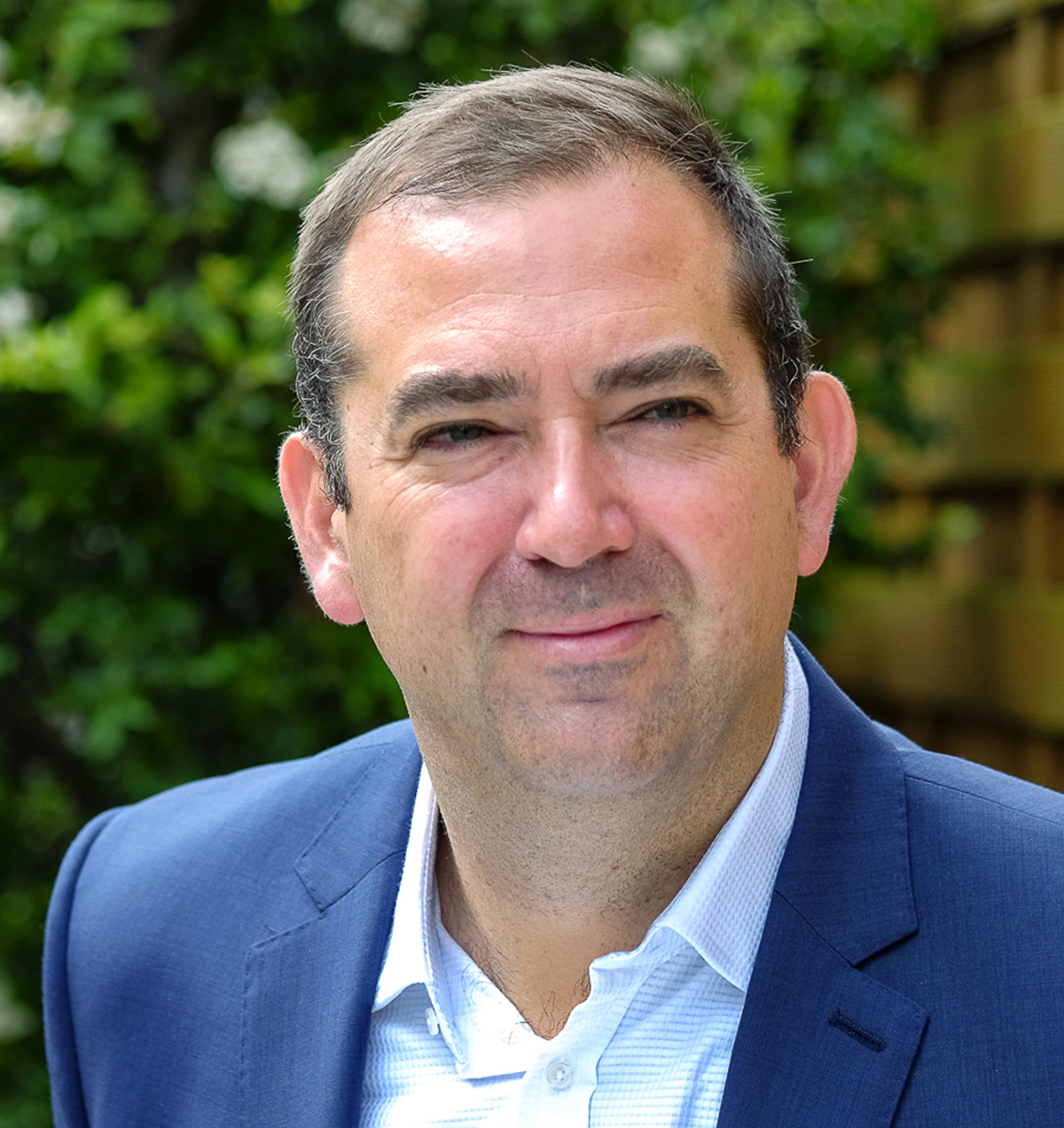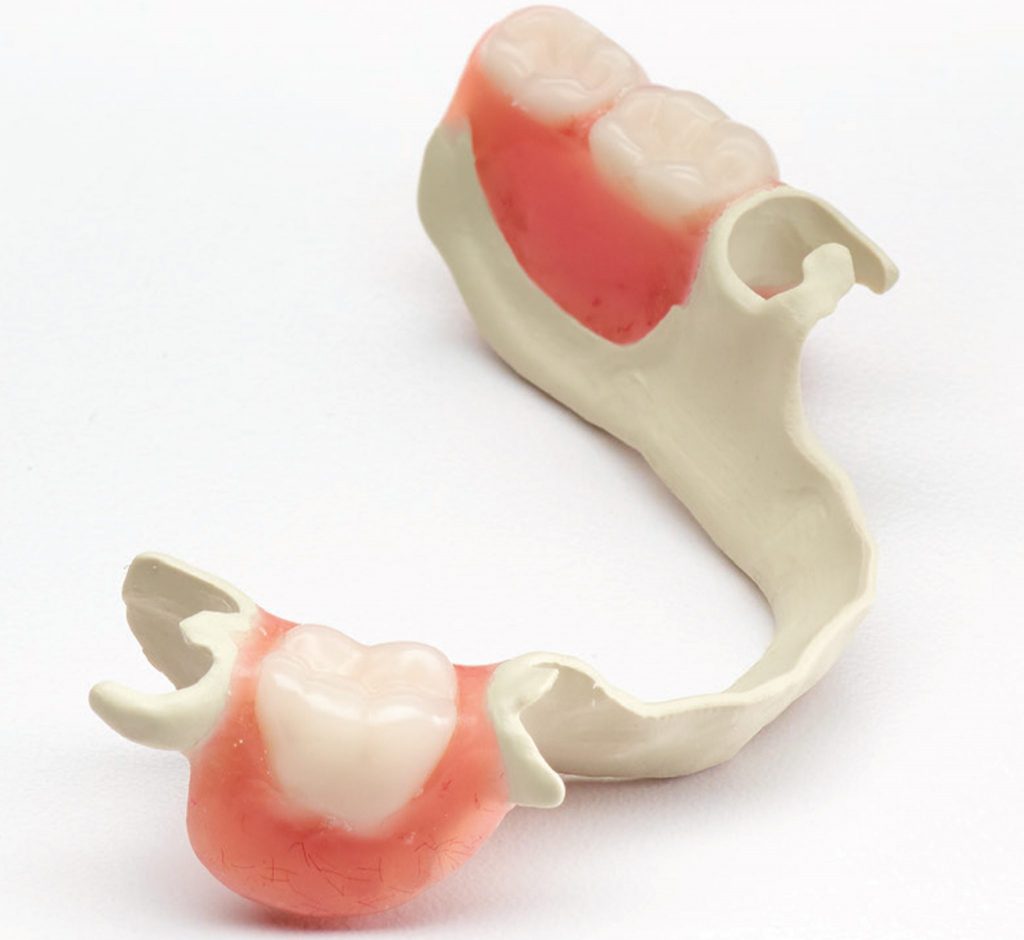Combatting microbial invasions
Featured Products Promotional FeaturesPosted by: Dental Design 8th July 2020

Microbes naturally inhabit almost every part of the human body. For the most part they live in harmony creating mini-ecosystems that protect the body from germs, help to break down food, release energy and provide cells with nutrients. These collections of microorganisms, referred to as the human microbiota, provide vital functions and are essential for human survival.[1] However, changes in the composition of the microbiota can lead to dysbiosis and the potential for localised and systemic infection.[2]
Research reveals that nearly everyone carries pathogens but generally, they co-exist with the rest of the microorganisms living in the body without any negative impact on the host. Nevertheless, components of the microbiome may change or adapt causing dysbiosis, which is associated with, or can even cause illnesses.1 As dental professionals frequently explain to patients, the condition of the oral cavity, level of hygiene and residing pathogens can make an impact on their general health.[3] Both caries and periodontal disease represent dysbiosis states of the oral microbiome[4] but oral bacteria is also implicated in bacterial endocarditis, pneumonia, gastric infections, chronic obstructive pneumonia as well as other diseases. Also, the risk of developing these diseases increases with age and it has also been reported that dentures provide another place for the growth of microorganisms associated with these infections.[5]
Dentures promote the accumulation and adhesion of biofilm which has a similar composition to dental biofilm and contains bacteria such as Streptococcus, Veillonella, Lactobacillus[6] along with an increase in Candida (spp.)[7] Removable dental prosthetics usually cover a substantial area of the mucosa creating a warm, humid environment lacking oxygen. This anaerobic atmosphere promotes the proliferation of bacteria and fungi and due to the impaired accessibility of saliva and mechanical cleaning by the tongue, it can lead to altered pH levels and trigger inflammatory processes in the oral tissues.3,[8] Poor denture hygiene is associated with stomatitis (candida infection), oral malodour, periodontal disease and caries.5 Certainly, the presence of dentures may serve as a conduit for potentially infectious pathogens, which highlights the importance of effective oral hygiene and adequate denture cleansing to protect any remaining dentition and to control oral and systemic diseases.
Ideally, patients should rinse their mouths and their dentures after meals. This flushes away any food debris, which can become trapped between the fitting surface of the denture and the soft tissues. Rinsing freshens the mouth and increases comfort but also helps to limit the chances of irritation, inflammation and infection.[9] Patients are advised to remove their dentures at least once every 24 hours but preferably, this should be done at least twice a day, and they should also be left out overnight. For obvious reasons, dental professionals should remind patients that dentures must be removed from the mouth to achieve effective cleaning and should be brushed with a toothbrush or denture brush and a non-abrasive cleanser (not toothpaste). After mechanical cleaning, daily immersion in a denture-cleansing solution with bactericidal and fungicidal effects is essential to ensure the careful removal of oral and denture biofilms. By adopting this combination of brushing and immersion patients can contribute to good oral health, minimise the risk of opportunist infections and maintain an aesthetically pleasing, odour free appliance.7
Choosing the right material for denture frames is also significant in terms of microbial accumulation and plaque formation, particularly as metals can have a bacteriostatic or even toxic effect on bacteria.[10] Cobalt chrome for example, exhibits undulation and pitting even when polished. These irregularities increase microorganism binding which resists mechanical removal and increases plaque accumulation and maturity. In a study comparing the bacterial colonisation of metals, cobalt chrome showed bacterial retention on all surfaces with an increased number of species and concentrations compared to titanium dental bases.10 In another study, it was reported that pathogenic microorganisms from human saliva adhere more largely on metal alloy frameworks than acrylic resin surfaces. The study stated that metal removable partial denture (RPD) frameworks may act as a reservoir for bacterial species, many of which are putative pathogens associated with periodontal disease and caries. It was also highlighted that metal RPD clasps in particular, harbour a highly diverse bacterial population that includes putative periodontal and opportunistic pathogens.[11]
 Recently, Solvay Dental 360® – a global leader in metal-free materials – custom-developed a high-performance material called Ultaire® AKP (aryl ketone polymer) specifically for the fabrication of RPDs. Following evaluations into the ability of different dental materials, this advanced material demonstrates superior resistance to biofilm. By tracking the growth of biofilms for Candida albicans and Streptococcal species (spp.) on Ultaire® AKP, cobalt chrome and acetal resin – Ultaire® AKP showed a significant improvement in performance against biofilms. This clinical study concluded that Ultaire® AKP demonstrated a 48 percent reduction in Candida albicans compared to cobalt chrome and a 62 percent reduction in Streptococcal spp. compared to acetal resin.[12]
Recently, Solvay Dental 360® – a global leader in metal-free materials – custom-developed a high-performance material called Ultaire® AKP (aryl ketone polymer) specifically for the fabrication of RPDs. Following evaluations into the ability of different dental materials, this advanced material demonstrates superior resistance to biofilm. By tracking the growth of biofilms for Candida albicans and Streptococcal species (spp.) on Ultaire® AKP, cobalt chrome and acetal resin – Ultaire® AKP showed a significant improvement in performance against biofilms. This clinical study concluded that Ultaire® AKP demonstrated a 48 percent reduction in Candida albicans compared to cobalt chrome and a 62 percent reduction in Streptococcal spp. compared to acetal resin.[12]
As we have discussed, many patients may be more susceptible to stomatitis, oral malodour, periodontal disease and caries simply because they wear dentures. Therefore, clinicians should thoroughly investigate the microbial resistance of the denture materials they prescribe in order to offer the best possible solutions.
To book a Solvay Dental 360® Lunch and Learn or to find more information about Ultaire® AKP, please visit www.solvaydental360.com
[1] National Institutes of Health. Human Microbiome Project defines normal bacterial makeup of the body. News Release: June 13th 2012. https://www.nih.gov/news-events/news-releases/nih-human-microbiome-project-defines-normal-bacterial-makeup-body [Accessed 16th March 2020]
[2] Morse D.J. et al. Molecular community profiling of bacterial microbiota associated with denture-related stomatitis. Sci Rep 2019: 9, 10228. https://www.nature.com/articles/s41598-019-46494-0 [Accessed 16th March 2020]
[3] Wiatrak K. et al. Oral Health of Patients Treated with Acrylic Partial Dentures Using a Toothpaste Containing Bee Product. Evidence-Based Complementary and Alternative Medicine
Volume 2017 (2017), Article ID 4034179. https://www.hindawi.com/journals/ecam/2017/4034179/ [Accessed 16th March 2020]
[4] Mira A. et al. Role of microbial communities in the pathogenesis of periodontal diseases and caries. J Clin Periodontol 2017; 44 (Suppl.18): S23–S38. https://onlinelibrary.wiley.com/doi/pdf/10.1111/jcpe.12671 [Accessed 16th March 2020]
[5] Coulthwaite L. et al. Potential pathogenic aspects of denture plaque. British Journal of Biomedical Science 2007: 64:4, 180-189. https://www.tandfonline.com/doi/abs/10.1080/09674845.2007.11732784 [Accessed 16th March 2020]
[6] Lamfon H. et al. Composition of in vitro denture plaque biofilms and susceptibility to antifungals. FEMS Microbiology Letters, 2005: 242(2) 345–351. https://academic.oup.com/femsle/article/242/2/345/687702 [Accessed 16th March 2020]
[7] Neppelenbroek K.H. et al. The importance of daily removal of the denture biofilm for oral and systemic disease prevention. J Appl Oral Sci. 2015;23(6):547–548. https://www.ncbi.nlm.nih.gov/pmc/articles/PMC4716691/ [Accessed 17th March 2020]
[8] Olms C. et al Bacterial Colonisation and tissue compatibility of denture base resins. Dent J (Basel) 2018 Jun: 6(2):20. https://www.ncbi.nlm.nih.gov/pmc/articles/PMC6023505/ [Accessed 17th March 2020]
[9] Radford D. et al. Advising denture wearers in community pharmacy. The Pharmaceutical Journal Jan 2018. https://www.pharmaceutical-journal.com/cpd-and-learning/learning-article/advising-denture-wearers-in-community-pharmacy/20204010.article?firstPass=false
[Accessed 17th March 2020]
[10] El-Rafa I.X. et al. Biological aspects of cobalt-chrome versus titanium complete denture bases (Microbial Cytological Studies) Egyptian Dental Journal April 2001. 47 (2) 941-949. https://www.researchgate.net/publication/314763962_BIOLOGICAL_ASPECTS_OF_COBALT-CHROMIUM_VERSUS_TITANIUM_COMPLETE_DENTURE_BASES_Microbiological_and_Cytological_Studies [Accessed 17th March 2020]
[11] Mengatto C.M. et al. Partial denture metal framework may harbour potentially pathogenic bacteria. J Adv Prosthodont 2015 Dec; 7(0): 468-474. https://www.ncbi.nlm.nih.gov/pmc/articles/PMC4722151/#B26 [Accessed 17th March 2020]
[12] Solvay Dental 360® Technical report 2020. Biofilm Study Review. In vitro biofilm formation studies on polymer coupons. https://www.solvaydental360.com/wp-content/uploads/2020/03/SD-DENT-00510-v-OI-UK-Biofilm-Study-1-pager-v204.pdf [Accessed 17th March 2020]









